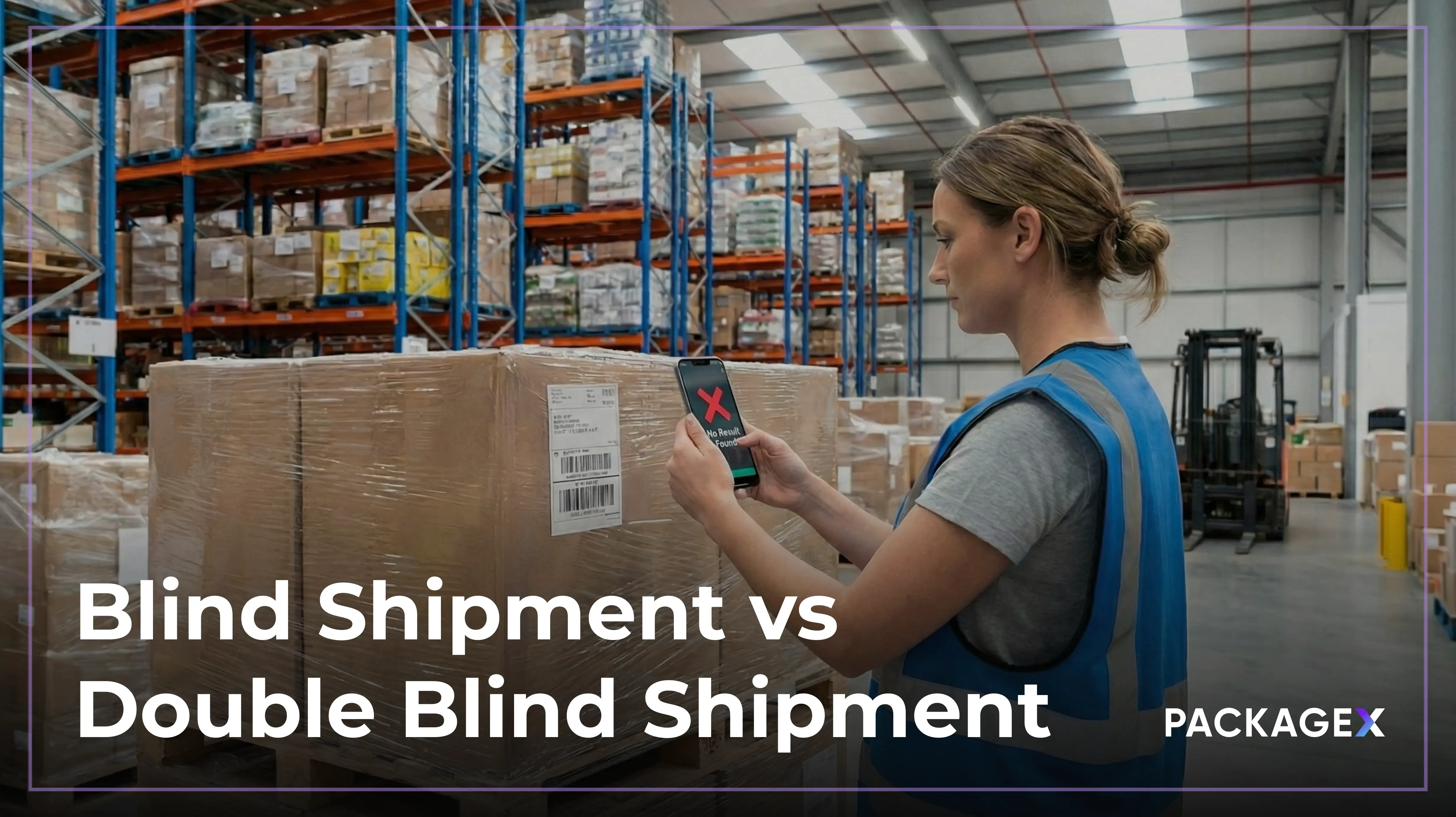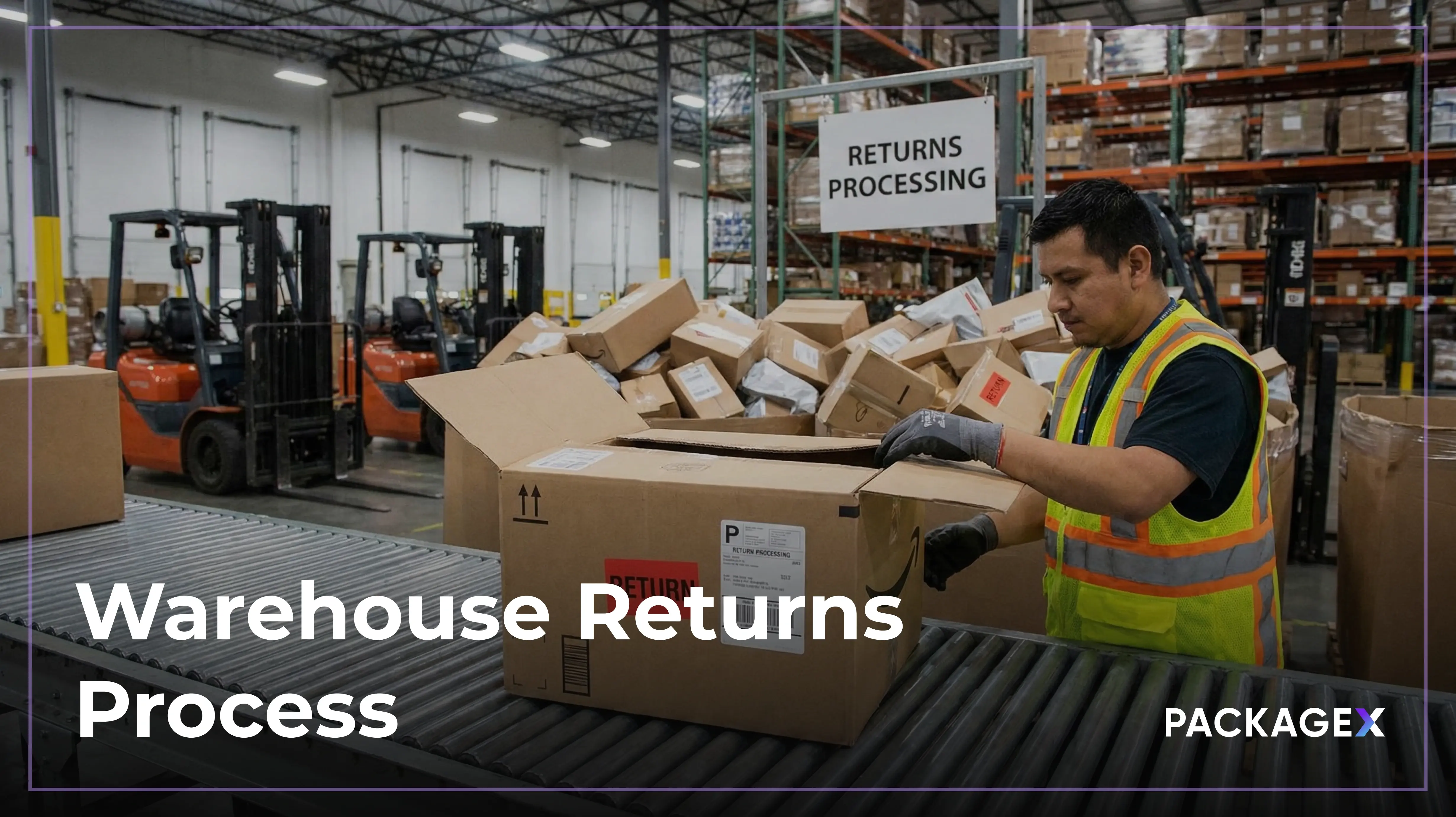Inventory management is a prime concern for any business that deals with products, be it eCommerce, retail, or wholesale. The financial success of a business depends on accurate and efficient inventory management; therefore, it's complicated. Especially if you own a small-sized business, the problems that arise due to human errors or inventory theft would never let your business grow or make a profit. It is one of the significant reasons small businesses struggle to have the required stock at the right time without overstocking or understocking the best-selling products.
Also, performing the outdated inventory management practices manually consume your staff's productive hours, putting a damper on efficiency. Therefore, small-sized businesses must have an innovative, modern, and automated inventory management system. However, it is quite alarming that small businesses still do not utilize inventory management systems and do not have a proper mechanism to track inventory.
The principles of inventory management are the same whether you are a large organization or a small business. Here's how you can set up inventory management for small businesses.
Inventory Management Statistics
- Only 22% of the companies maintain a proactive supply chain network.
- 43% of small businesses are not tracking their inventory.
- 21% of the small businesses report they don't have inventory.
- 67.4% of the supply chain managers use Excel spreadsheets to manage inventory.
- Inventory stockouts cost retailers approximately $4.6 billion in lost Black Friday sales in 2021.
- U.S. retail operations possess 63% supply chain accuracy, which causes delays and re-stocking issues.
What Is Inventory Management?
Inventory management is a fundamental part of the supply chain that refers to acquiring, storing, and selling a company's stock, including raw materials, work-in-progress goods, and finished products. With effective management, you have the exact amount of inventory when needed. Also, you do not have to deal with the slow-moving goods aging in the warehouse.
Poor inventory management harms the reputation of a small business and results in a warehouse full of deadstock, costing storage money. Therefore, businesses need an effective inventory management strategy to withstand fluctuating demands and possible disruptions.
Suitable Practices for Small Business Inventory Management
Issues related to inventory management are neither new nor born out of the COVID-19 pandemic. However, the pandemic has shown what can happen when inventory planning, management, and tracking are not well-thought-out. The traditional unit-based policies for safety stock are outdated and too static to address the sudden disruption in supply and demand that we witnessed over the last year. eCommerce has significantly replaced the physical channels, achieving ten years of growth in just three months. In the U.S. only, the marketplace eCommerce sales are projected to hit $357.26 billion in 2022, making up 34.6% of all online sales.
Here are some valuable tips on how to set up inventory management for small businesses.
1. Invest in Inventory Management Software
Small business owners should invest in cutting-edge technologies like inventory management software or barcode inventory system. Good inventory software can help you:
- Track your inventory. You can easily evaluate how much stock you have, which stock is selling fast, and when your next shipment arrives.
- Evaluate sales to forecast demand accurately
- Plan material requirements
- Keep the right amount of stock available to meet demands
- Get rid of dead stock
- Create reports for inventory analysis
- Optimize warehouse management operations
- Manage cash flow effectively
2. Employ FIFO – (First In – First Out)
FIFO is an asset valuation, and management method in which stock acquired first is sold, used, or disposed of first. New stock goes back, and the old stock is displayed at the front. It is a practical approach to the stock rotation that impacts all sorts of merchandise, especially perishable goods. Businesses that adopt FIFO inventory management are more profitable considering the fluctuations in the economy and the risk of increasing manufacturing costs.
3. Identify Slow-Selling Goods by Analyzing Sales Data
Another way of inventory management for small businesses is to identify slow-selling products and get rid of them.
There can be numerous reasons for a product to move slowly. For example, high-ticket inventory goods stay longer on the shelf, or an item might not be as popular as predicted. Therefore, small business owners should use a sale to finish the remaining stock and stop ordering that product in the future to hold the cost down.
4. Integrate Inventory Management System with POS
The inventory management software for small manufacturing businesses should be integrated with point-of-sale (POS). In this way, you can provide your employees with real-time inventory access that allows them to stock levels and goods locations. Your floor associate should have an inventory barcode scanner that instantly informs them about the items on the shelf, in the warehouse, or in a store.
5. Regularly Conduct Stock Audit
Effective inventory management depends on regular stock audits. Many businesses prefer a complete audit once a year to analyze if their current stock matches the digital count. However, some conduct frequent checks to identify fast-moving goods. In both ways, stock auditing is the best way to highlight costly errors like employee theft and mislabeling. Therefore, small businesses should conduct stock checks regularly.
6. Know Your Risks
Understanding your risks is a part of inventory management for small businesses because every supply chain is prone to disruption. Anything from vendor instability to weather can disrupt the supply chain. Some common risks include:
- Market size and share
- Economic factors
- Supplier reliability
- Financing
- Regulation compliance issues
- Weather
- Natural disasters
Business owners should consider these risk factors when devising an inventory management strategy.
{{returns-webinar}}
Improve Inventory Management with PackageX
If you are looking for a high-tech inventory management solution for your business, PackageX is the right platform for you. We offer a modern, comprehensive, and cloud-based inventory management software that automates all the basic inventory operations. It provides real-time visibility into your inventory and improves staff efficiency and productivity. So, if you want to make your business profitable, you need to optimize your inventory management system.





